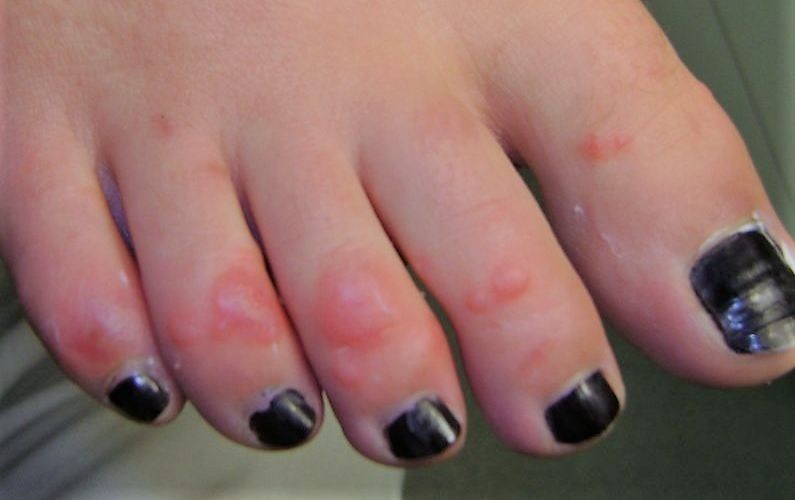What are chilblains?
Chilblains are also known as Pernio or Perniosis and are a localised form of vasculitis that occurs in response to the cold. They commonly appear as tender red or purple mottled lesions on the skin and may also be itchy and inflamed. Most commonly chilblains are seen on the extremities such as the fingers and toes.
What causes chilblains?
The exact mechanism of why chilblains occur is not completely understood however it shown to be a reaction to the cold and also sudden rewarming. When we are cold our capillaries constrict to conserve warmth however this can lead to tissue damage due to ischemia (lack of blood flow). Also when our skin re-warms our capillaries dilate and sudden changes in the capillaries cause fluid to leak out of our blood vessels causing inflammation.
Who is at a greater risk of developing chilblains?
Chilblains are more likely to develop in individuals with impaired circulation which is associated with the elderly, individuals with diabetes, peripheral vascular disease, Reynaud’s or high cholesterol and smoking. However anyone, including children can develop chilblains.
How can you prevent chilblains?
The best way to prevent chilblains is to keep your feet and hands warm. It is also important to avoid sudden changes in temperature so warming should be done gradually. Other preventative measures include ceasing cigarette smoking, regular exercise and avoid caffeine produce.
Tight shoes around the toes can exacerbate chilblains by further reducing the localised blood flow so it is important to ensure they are wide and deep enough.
What are the complications of chilblains?
Chilblains can break down and ulcerate in severe cases which will require wound management and antibiotic therapy if a secondary infection occurs
If you suspect you have chilblains or are concerned with your feet you should consult a podiatrist.
Call us at Erina Podiatry on (02) 4365 2477 or book online.
